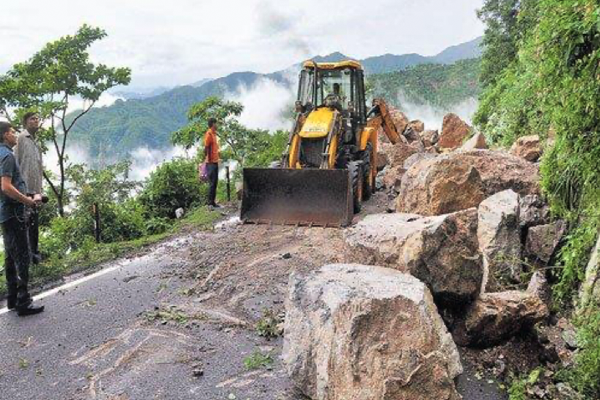
Landslide hazards rank high in most hilly regions as they pose a threat to mankind. They affect livelihood and cause large-scale destruction of land and property.
The state of Uttarakhand in India is prone to earthquakes, landslides, flash floods, and several other natural disasters. One prominent example we can’t skip while talking about the landslide-prone areas in Uttarakhand is the Narendra Nagar Landslide tragedy. In this landslide incident, a large part of the national highway in Uttarakhand was washed away.
Ever wondered what could be the causes of landslides in Uttarakhand? The Uttarakhand landslide case study suggests that fragile geology, heavy downpours, and critical slopes are significant factors responsible for Uttarakhand landslides.
The case study also suggested that landslides often occur due to extreme rainfall that increases the water content in the slope to a level that the slope reaches its saturation point.
Poor vegetation also causes landslides in hills as it cannot hold the topsoil leading to erosion.
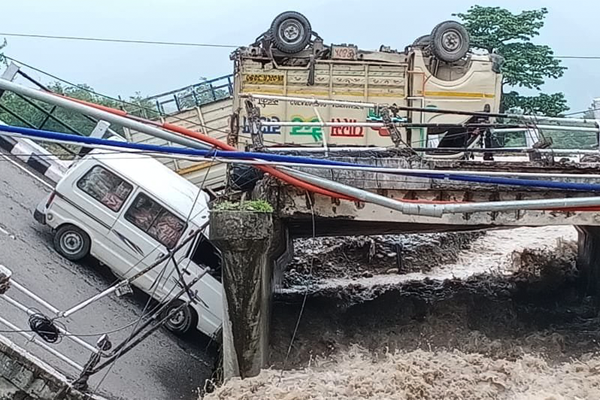
Since Narendra Nagar is a township in Northern Hills in Uttarakhand, this region experiences frequent landslides caused by heavy rains and floods.
Thus, it’s imperative to take adequate measures toward slope protection. We must also focus on landslide risk reduction and management works for preparedness and better response to natural calamities.
Strengthening relief mechanisms is one aspect. However, it’s equally important to look for warning signs and come up with preventive measures before the damage is done. This is where we step in.
The Encardio Rite Group took the monitoring contract for “Real-Time Monitoring of Narendra Nagar Landslide (RETMONAL)”.
The Real-Time Monitoring of this project involved using geotechnical instruments for slope monitoring. The intent was to develop an Early Warning System (EWS). The total area of the Uttarakhand landslide site covered for monitoring was approximately 0.25 sq. km.
Now, let’s look at what a typical real-time landslide monitoring system includes. It includes:
- The use of geotechnical monitoring instruments
- Using data loggers for data logging with wireless data transfer
- Efficient real-time data monitoring software.
Monitoring Solutions By The Encardio Rite Group
In keeping with the sensitivity of the Narendra Nagar Landslide site, the Encardio Rite Group offered a real-time monitoring plan of landslide-prone hill slopes. This included getting immediate warnings of any landslide-related activity and a detailed understanding of the dynamics of slope failures.
The real-time monitoring of the Narendra Nagar landslide-prone hill slopes involved a monitoring plan for immediate warning of landslide activity. The turnkey services offered by Encardio Rite included :
- Supply and installation of geotechnical instruments
- Supply and commissioning of wireless (GSM/GPRS) data transfer network
- Drilling for all the boreholes required for the installation of the instruments
- Providing a real-time database management system
The Encardio Rite Group used the following geotechnical instruments:
In-place Inclinometer
This device helped to monitor sub-surface lateral movement/deformation.

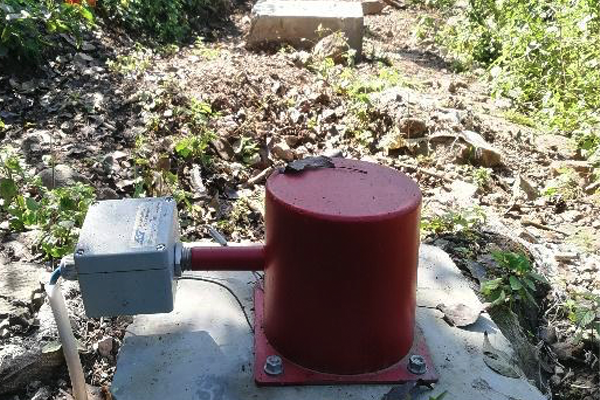
IPI and piezometer installed at Narendra Nagar project
Piezometer
This equipment helped to monitor sub-surface water pressures for slope stability evaluation.
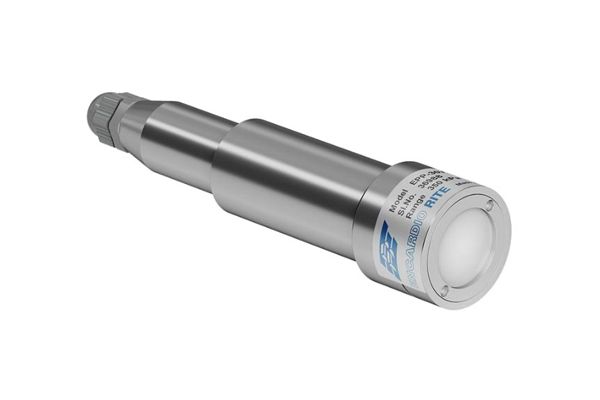
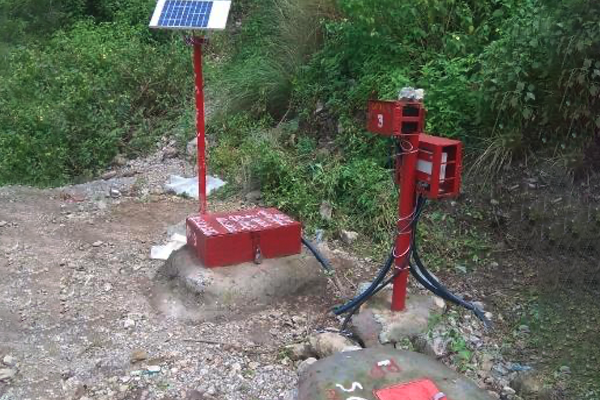 IPI with datalogger & solar panel installed at Narendra Nagar project
IPI with datalogger & solar panel installed at Narendra Nagar projectBorehole extensometer – three-point (electrical)
This measuring device is designed for monitoring sub-surface settlement/movement. The extensometers we offer can accurately measure sub-surface movements.
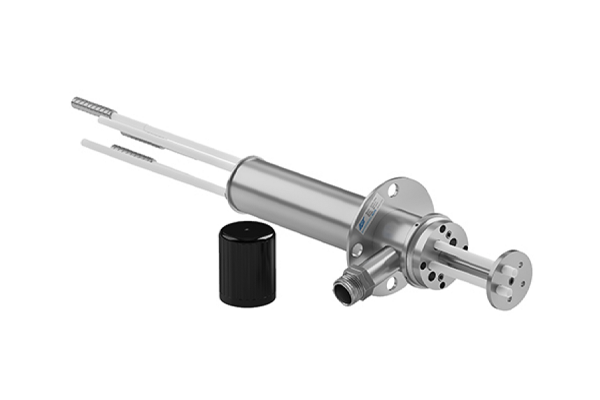
Crack Meter
This surface mounting crack meter helps to monitor crack openings.
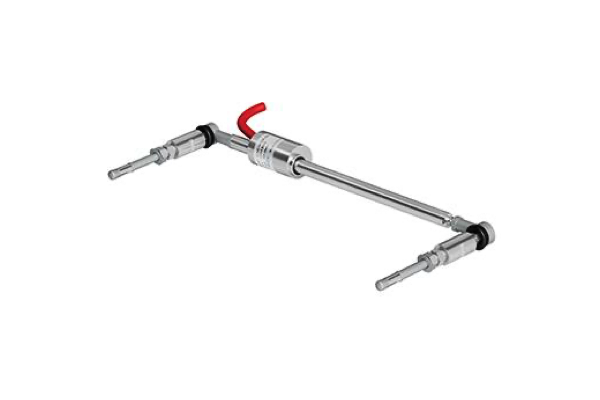
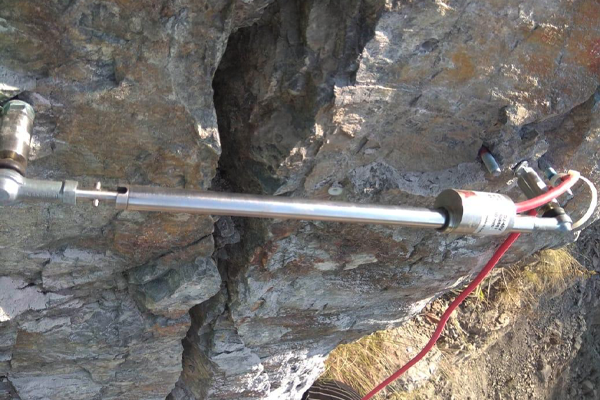 Crack meter installed at Narendra Nagar Project
Crack meter installed at Narendra Nagar ProjectCreep Meter
It is crucial to monitor large displacements/deformations of an active geologic fault.
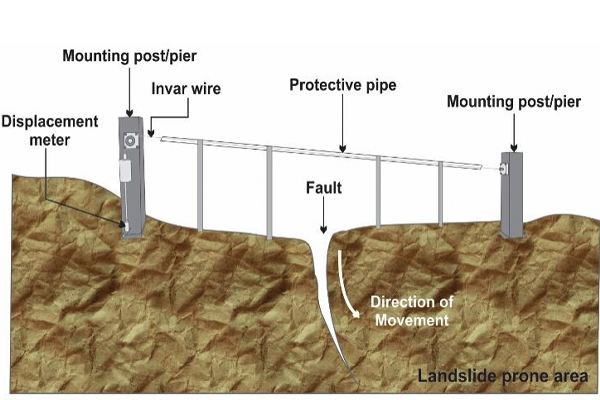
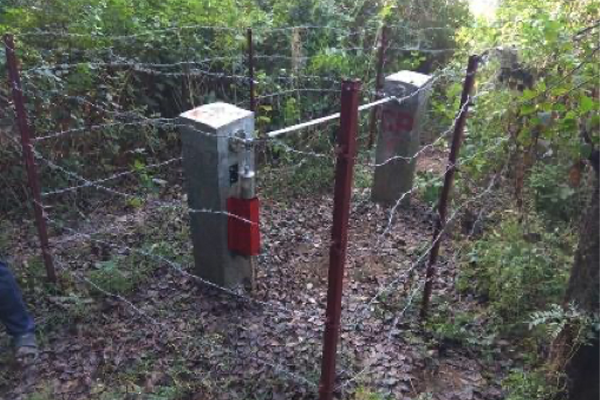 Creep meter installed at Narendra Nagar Project
Creep meter installed at Narendra Nagar ProjectRaingage
This meteorological instrument co-relates data from geotechnical devices.
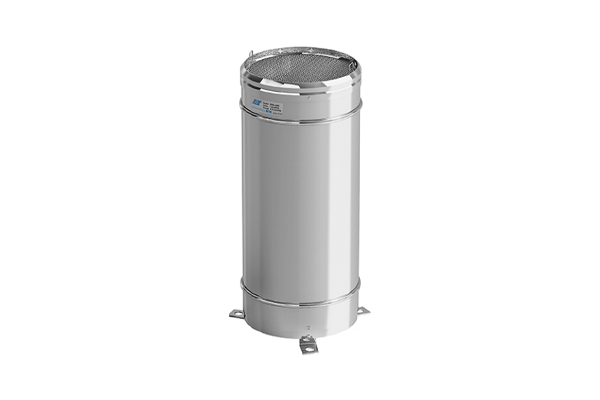
Compact Datalogger
You can collect data from all instruments and transfer it to the central server with the help of a compact datalogger.
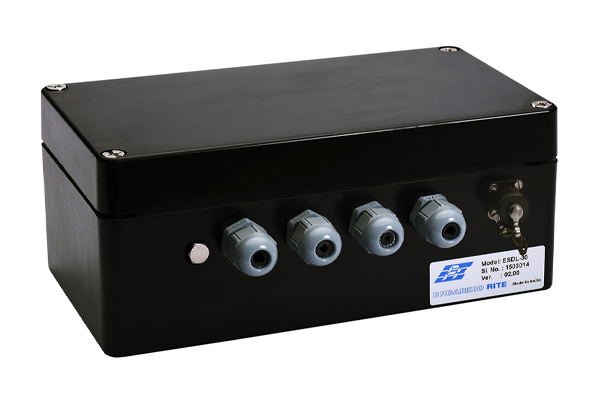
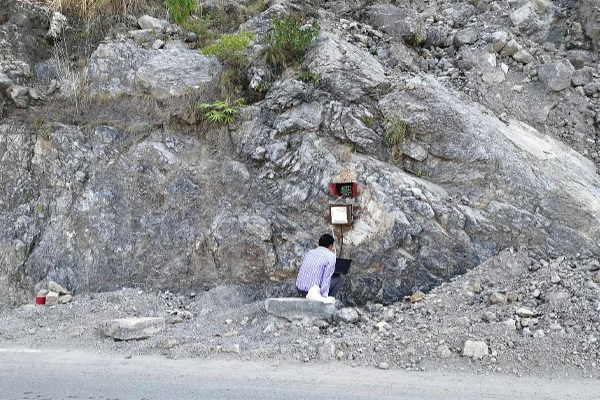 Datalogger being configured at Narendra Nagar Project
Datalogger being configured at Narendra Nagar ProjectAs planned, Encardio Rite had to place the instruments at three different levels of the mountain. i.e. at the crown, mid-level and toe. Drilling and installation at different slope locations, especially at the toe, was a painstaking process.
Our experts fought all odds and successfully installed all the instruments at the designated spots. Since then, these instruments have given reliable site data at pre-set frequency.
The monitored data will be accessible online through Encardio Rite’s in-house web-based data management system, DRISHTI. This efficient data management system ensures the availability of near-real-time data to all stakeholders on their laptops and mobile phones.
For more information on geotechnical instruments, visit Encardio Rite.
Encardio Rite delivers impeccable monitoring solutions and the most exemplary set of equipment to all its clients. An industry giant, a force to reckon with, that’s Encardio Rite for you.
For more information on the projects undertaken, visit us at Encardio Rite.